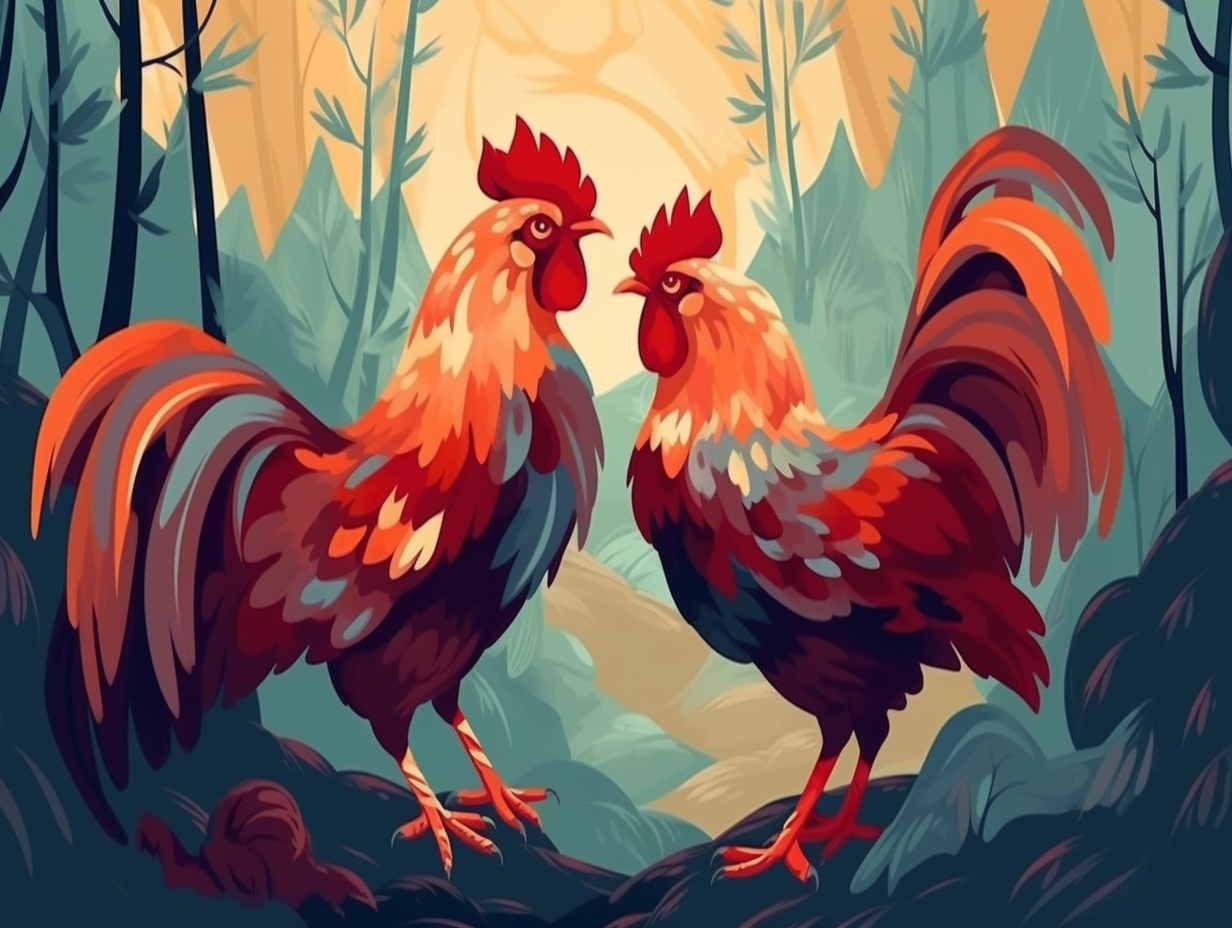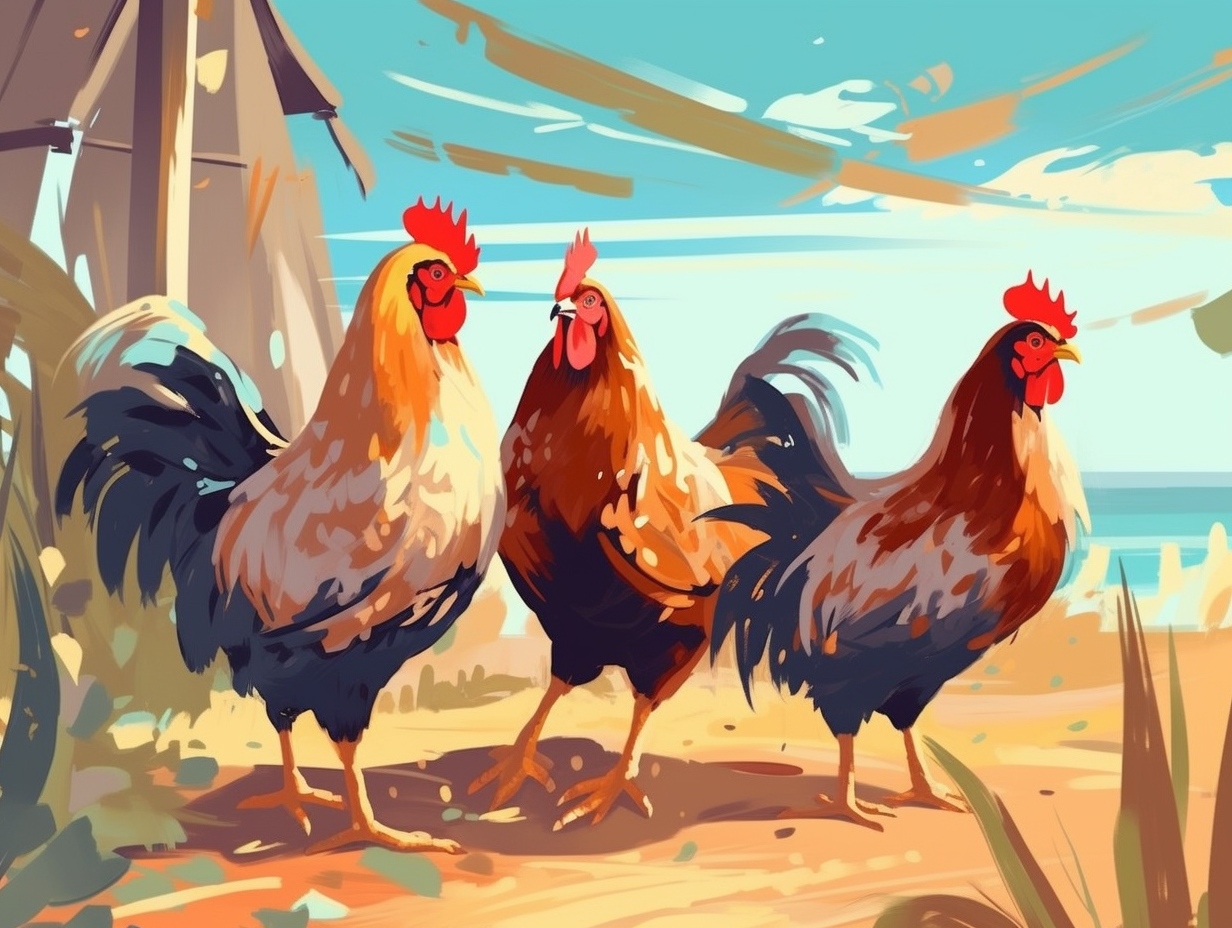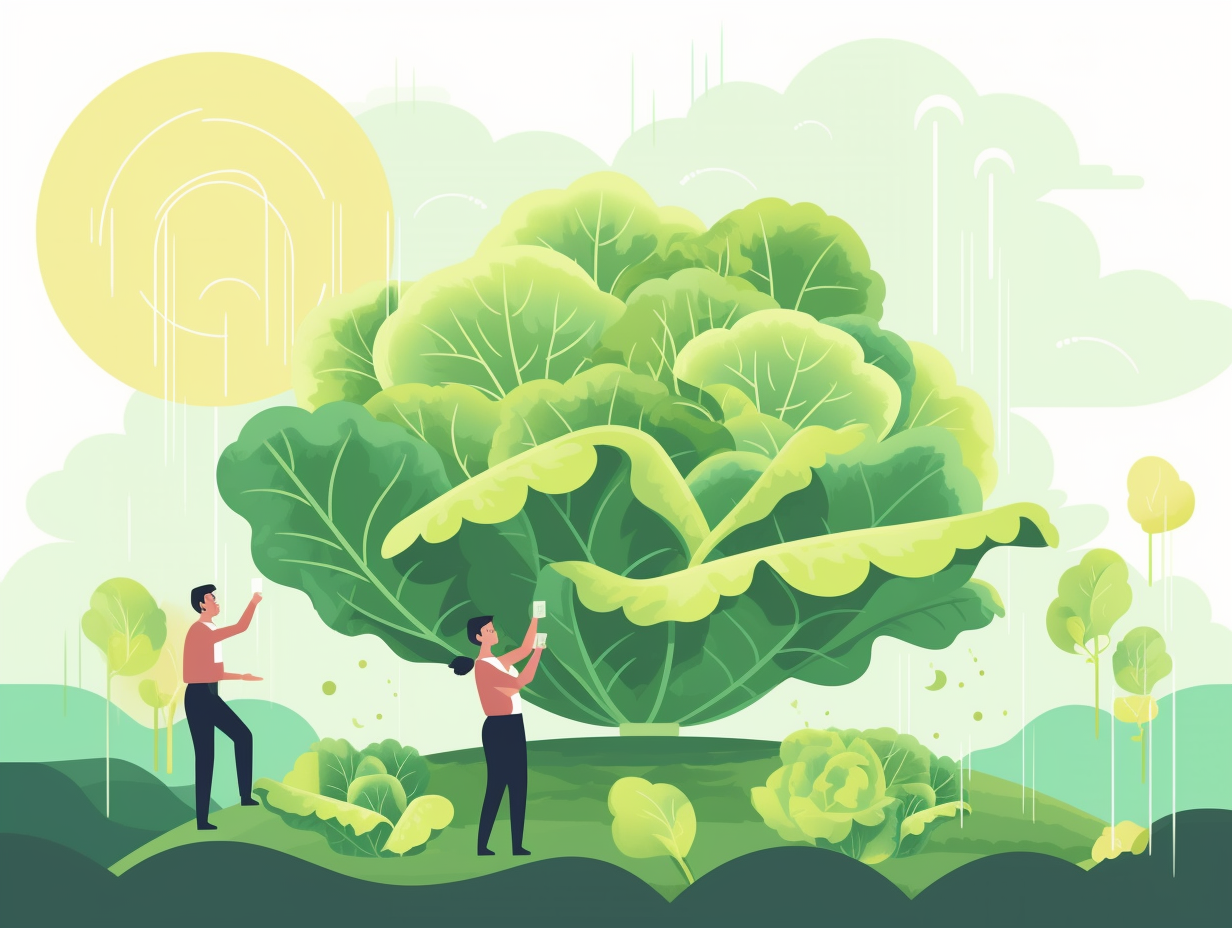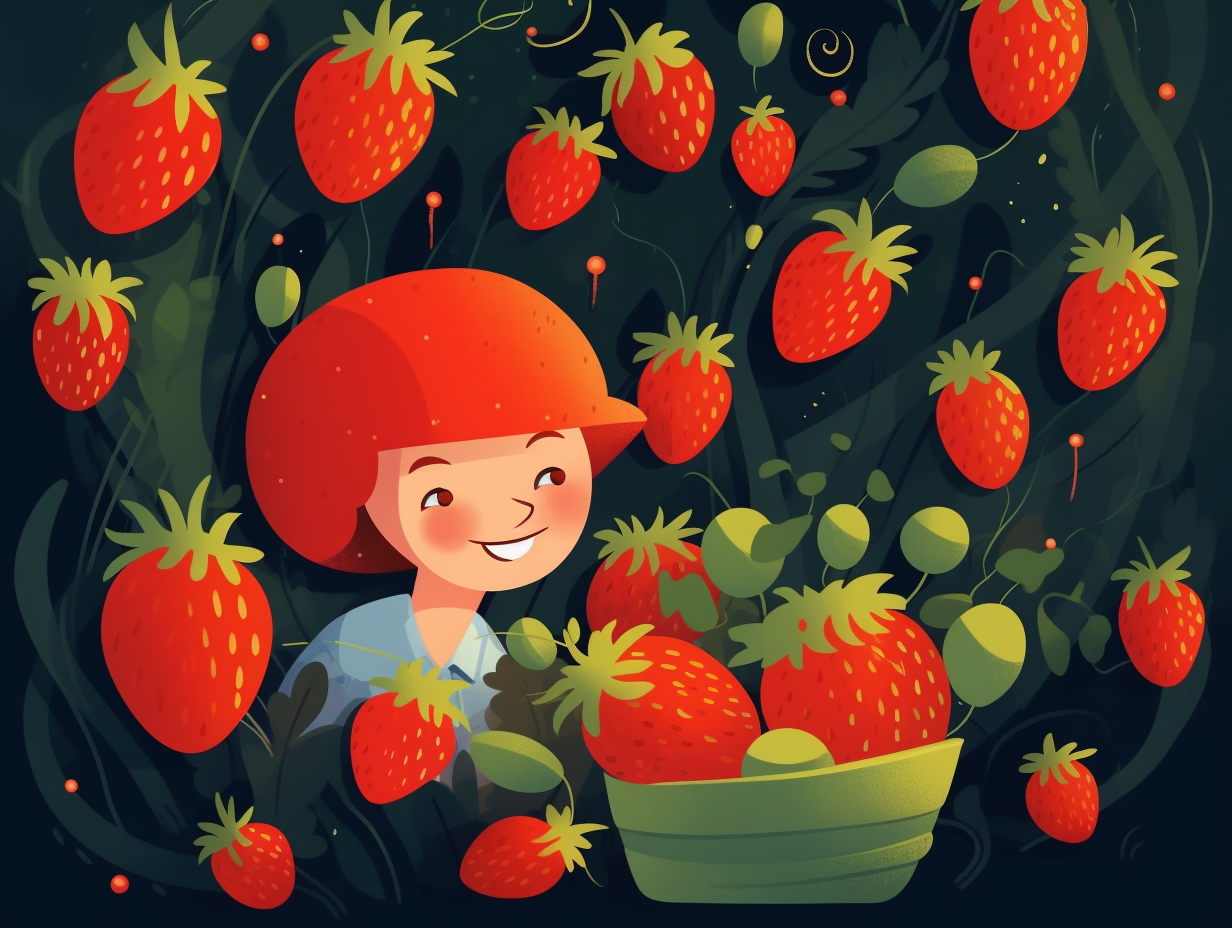9 Cluckin' Awesome Fun Facts About Broiler Chickens You Never Knew

1. Chicken Disco Lights
Who turned out the lights, or should we call it the "chicken-glow" mystery? These feathery disco lovers are actually quite sensitive to their light arrangements: broiler chickens thrive under an appropriate lighting regimen, one that includes proper source, intensity, duration, and even color of light – debunking the myth that they need 15 to 20 hours of daylight per day!
Source => sciencedirect.com
2. Poultry Penthouse
Who needs a chicken spa when you've got a high-tech poultry penthouse? Chickens are living the high life in closed-type broiler houses: With automatic temperature, humidity, ventilation, and light control systems, they're nestled in a carefully crafted indoor environment insulated with fancy materials like polyurethane, polystyrene, and polymer foams. This guarantees their comfort, especially in extreme climates, while they grow to become the stars of your dinner plate.
Source => chickenscage.com

Did you know a chicken's ear lobes can actually reveal the color of the eggs they lay? Discover the fascinating way eggshell colors are determined and how breeds like Leghorns, Orpingtons, and Ameraucanas come into play! 🐔🥚🌈
=> Fun Facts about Eggs
3. Breast Fest Evolution
Feeling peckish for poultry trivia? Let's take a trip down to "Breast Fest" where chickens are the rising stars of the meat world! Here's a tasty tidbit: Due to breeding companies focusing heavily on increasing breast meat yield, the eviscerated yield of broiler chickens has soared alongside consumer preference for further processed items and the food service sector's demands. In the US, a clucking amazing transformation has taken place - from 1962 to 2009, whole bird sales have dwindled from 83% to 12%, while cut-up birds or pieces have risen from 15% to 42%, and further processed products have surged from 2% to 46%. Pass the nuggets, it's a fowl play on the rise!
Source => academic.oup.com
4. Feed Efficiency Champions
Why did the broiler chicken cross the road? To make the most of their dinner, of course! These peckish poultry have been gobbling down on efficiency like it's an all-you-can-eat buffet: In 1925, it took a whopping 19 pounds of feed to produce just one pound of broiler liveweight, yet by 2022, our feathered friends have managed to trim that down to a lean and mean 1.8 to 1.9 pounds of feed per pound of broiler liveweight – all thanks to better breeding and nutrition programs. Now, that's some clucking impressive progress!
Source => nationalchickencouncil.org

5. Rapid Chicken Weight Gain
"In a plot twist that would make medical dramas green with envy, chickens these days could give weight gain champions a run for their money: Today's broiler chickens grow four times larger than their 1950s kin in just 56 days, with modern Ross 308 broilers weighing an average of 4,202 grams, compared to the meager 905 grams of the 1957 breed and 1,808 grams of the 1978 breed. Poultry perfectionists achieved this through selective breeding, but have had to combat the side effects of metabolic disorders and heart attacks by introducing more robust chicken characters to their feathery cast."
Source => ctvnews.ca
6. Color-coded Chicken Jamboree
Who knew that disco fever extends to the poultry world? These chickens are ruffling their feathers to the rhythm of a color-coded jamboree: Research has shown that providing broiler chickens with green and blue balls as environmental enrichment significantly enhances their performance, welfare, and utility like body weight, better weight gain, and improved feed conversion ratios while red balls help lower blood glucose and cholesterol levels in these party fowls.
Source => pubmed.ncbi.nlm.nih.gov
7. Global Chicken Consumption
Why did the chicken cross the globe? To meet the insatiable human appetite, of course: With a staggering 2,100 broiler chickens being slaughtered, processed, and consumed every second, global production in 2016 surpassed 66 billion birds, equating to 110 million tonnes of chicken meat per year. As sustainability and animal welfare concerns ruffle feathers, the world clucks for more environmentally friendly ways to satiate our poultry passion.
Source => darrinqualman.com
8. Clucky Frankenstein
Lo and behold, the clucky Frankenstein of the poultry world: modern broiler chickens have evolved through selective breeding to be more energy-efficient, requiring less feed to reach their slaughter weight, improving the environment. But beware, their appetite and daily feed intake have also increased, calling for careful management for optimum health and happiness!
Source => link.springer.com
9. Chicken Gut-guessing
Who knew chickens needed to do some gut-guessing too? Turns out, these feathery gourmands possess a microscopic army to aid in pecking away those pesky digestive and immune conundrums: Broiler chickens have a complex gut microbiome that is crucial for maintaining their digestive system and immune health, a field of research built upon the pioneering concepts of Metchnikoff and Ehrlich.
Source => scirp.org
Related Fun Facts




















